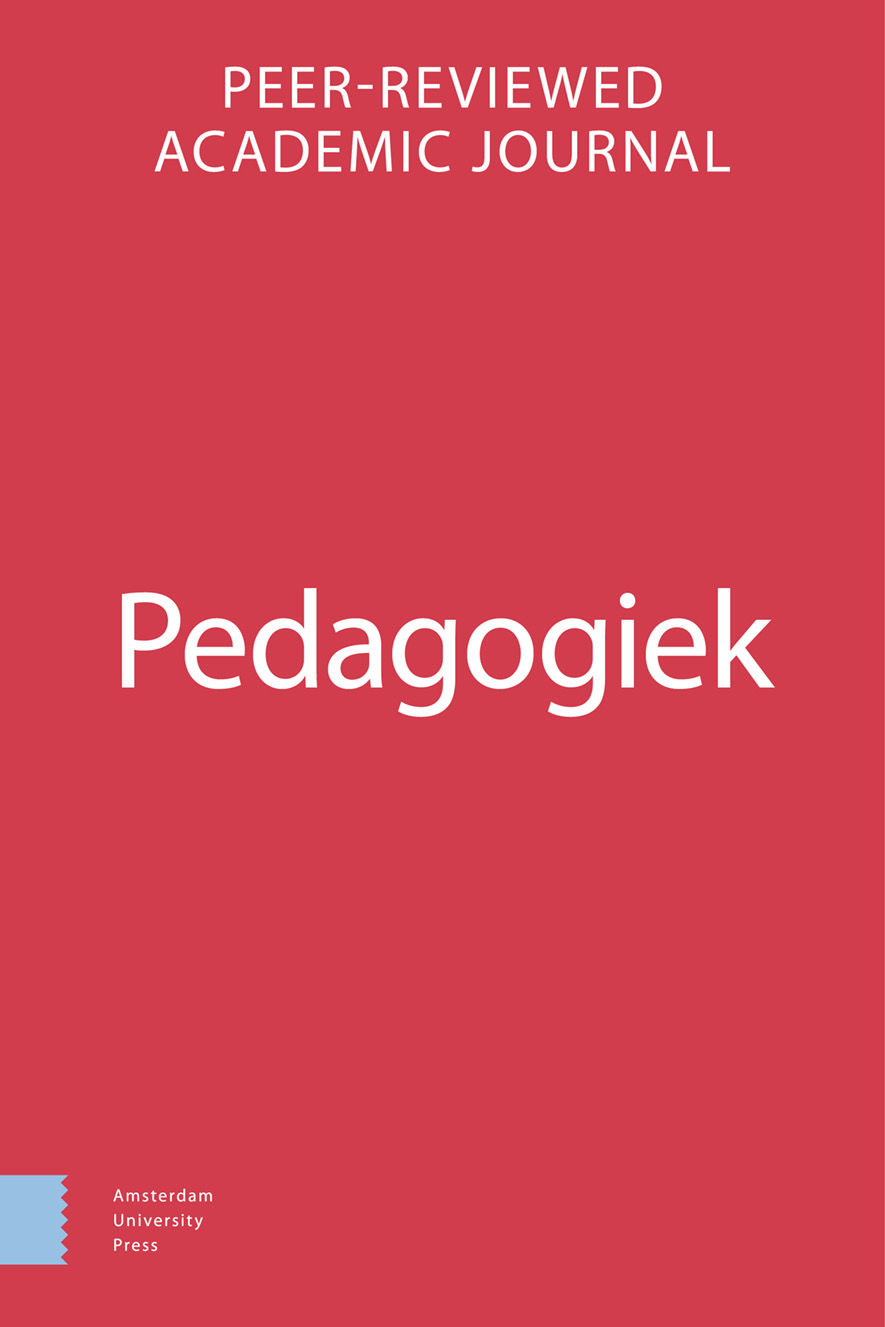-
oa Aanwezig en afwezig
De inclusie van families na donorconceptie in de schoolcontext vanuit het perspectief van leerkrachten en zorgcoördinatoren
- Amsterdam University Press
- Source: Pedagogiek, Volume 38, Issue 2, Dec 2018, p. 223 - 255
-
- 01 Dec 2018
Abstract
Present and Absent: Inclusion of Donor-conceived Families in the School Context from a Teachers’ and School Support Staff’s Perspective
Donor-conceived families, families by egg, sperm, or embryo donation, are seen as the “new families”, who until recently were hidden in society. This research project explores the way in which donor-conceived families are included within the school context and which class, school or teacher characteristics influence the implementation of the topic of donor conception/donor-conceived families in class. The project contains a quantitative, explorative study in which 151 teachers were inquired and two qualitative studies in which 16 teachers/student support staff were interviewed. Our results show that donor conception/donor-conceived families are very little included in the school context and that both school characteristics (multiculturalism) and teacher characteristics (lack of knowledge, being religious) hinder discussing the topic in class. Supporting teachers by offering them prepared teaching modules, facilitated the inclusion of the topic in the school curriculum and the acceptance to talk about it in class. This pioneering study offers an impulse for further research in which donor-conceived offspring themselves can be inquired about their school experiences.


